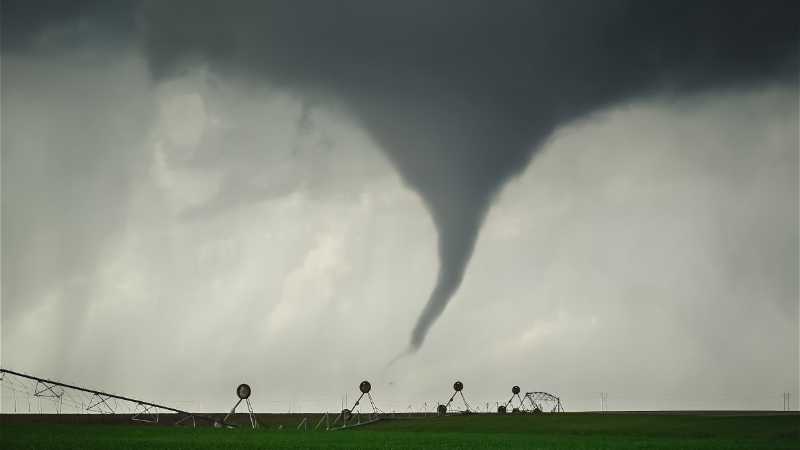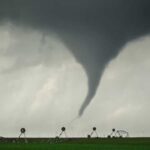On Sunday afternoon, Dublin, New Hampshire, faced another tornado, marking the second occurrence within a year. The National Weather Service confirmed the presence of an EF-1 tornado, which brought peak winds estimated at 90 miles per hour. Jon Palmer, a meteorologist from the Gray, Maine office, reported the details.
The tornado traveled approximately three-and-a-half thousand feet and was around forty yards wide. It existed for about four minutes, causing noticeable damage in its path. Coincidentally, Dublin also experienced a tornado on July 27, 2023.
Tornado damage assessment
A survey team from the National Weather Service inspected the damage in Dublin on Monday. They observed multiple instances of snapped white pine trees, uprooted maples and oaks, a truck being briefly lifted off the ground, and shingle damage to one roof. Despite these observations, the investigation did not uncover any significant harm to structures or injuries.
Good evening. An EF-1 tornado occurred last night just south of Dublin, New Hampshire. Though the survey is complete, we still need to log all of the data points and will post a map of the tornado path tomorrow. Here's our public information statement on the tornado. #NHwx pic.twitter.com/xnCRVeujyj
— NWS Gray (@NWSGray) June 24, 2024
New England typically experiences about one tornado per year on average. However, Sunday’s tornado in Dublin marked the second occurrence in twelve months. Compared to states like Texas, which records an average of 137 tornadoes per year, New England’s geography and weather patterns contribute to its relatively infrequent tornado activity.
Tornadoes form when wind shear causes a rotating tube of air to materialize and tilt vertically within a storm. A strong enough updraft can lead to tornado formation if it tilts the rotating tube vertically. This phenomenon was witnessed in New England on Sunday, as explained by meteorologist Jon Palmer.
Recent tornado history in Dublin
Dublin had experienced a tornado once before this recent event, with the previous one occurring on July 27th, 2023. This new tornado in 2024 underscores the increasing frequency of severe weather conditions in New England. The path of the July 2023 tornado was notably 1.5 miles north of the recent tornado’s path, highlighting the concentrated area of impact within Dublin.
Dublin residents, having dealt with a tornado last summer, are now working to recover from this latest event. They are encouraged to report any damage to their property or vehicles to facilitate insurance claims and recovery efforts. Community support networks have mobilized to assist those affected, providing resources and aid to help rebuild and restore normalcy.
The National Weather Service plays a crucial role in monitoring tornado activity and communicating warnings to the public. Their swift response following Sunday’s tornado allowed for a damage assessment team to be dispatched quickly, giving Dublin residents an early estimate of the extent of damages. Ongoing monitoring and forecasting efforts by meteorologists help communities prepare for potential future tornado threats.
Tornado safety tips
In the event of a tornado warning, Dublin residents are advised to take shelter in an interior room on the lowest floor of their home or in a storm cellar if available. They should stay away from windows and avoid using the phone or taking a bath during a tornado. Emergency preparedness plans should include provisions for securing outdoor items and having a designated safe space for family members and pets.
Dublin’s experience with multiple tornadoes within a short span underscores the resilience and preparedness of its residents. Local authorities and emergency response teams collaborate closely with community leaders to ensure timely alerts and effective response strategies. Public education campaigns emphasize the importance of readiness and proactive measures in mitigating the impact of severe weather events.
Despite being less common than in other parts of the country, tornadoes in New England are a significant natural hazard that requires vigilance and preparedness. The latest tornado in Dublin serves as a stark reminder of the unpredictability of severe weather and the importance of community resilience.
As Dublin continues to recover and rebuild, the collaboration between residents, local authorities, and weather services remains crucial in enhancing readiness and safeguarding lives and property. Through continued education and proactive planning, communities can better mitigate risks and respond effectively to future tornado threats.







